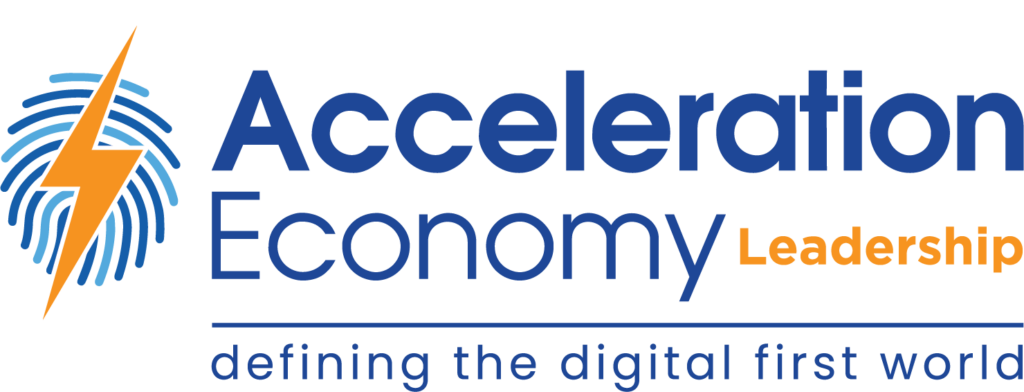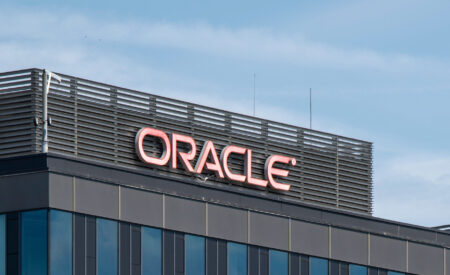Layoffs seem to be the topic for many executive teams, for many different reasons: Some are occurring due to economic factors, but some may result from over-hiring during the largest talent binge we’ve ever experienced. It’s largely from that hiring, much of it done at record-high salaries in an attempt to hoard talent, that firms are now cutting.
Employers are utilizing an up-or-out methodology: if the highly paid hires can’t hit a peak level of performance, they are out the door because they can’t afford to keep carrying that extra weight. As firms look to right-size their staffing costs and talent levels, there is an opportunity to tap the partner ecosystem for its technology and strategy expertise.
Outsourcing Rises Again
In the information technology (IT) staffing space, where the availability of top talent remains constricted, we will see more outsourcing by task, hour, or outcome as enterprises look to manage their costs. We will even see some firms “sell off” their staff to third-party providers that will continue to provide the work — but at a lower cost than staffing internally.
Further, firms will put price pressure on providers to find ways to lower the cost of their projects and deliverables using third-party staff versus their own. All these tactics have been utilized in past economic downturns and will be used again in this era of aggressive cost controls.
Ecosystems for the Win
Because we are now in an age of digital-first businesses and more focused than ever on technology to provide better products, deliver exceptional customer experiences, and lower our costs to serve, we’re going to see use of the ecosystem in ways we have not seen happen in the past. Let’s look at four ways you can leverage the ecosystem for your company amid layoffs and heavy pressure on costs.
1. Automation and AI
With less staff available, firms will need to tap into automation and artificial intelligence (AI) much the same way they had to step up into collaboration solutions during the pandemic. We will see a proliferation of automation solutions that will help to eliminate routine employee processes, augment employee productivity, and empower customers to do certain work themselves.
Case in point: self-checkout in retail was an early and, some may say, less-than-stellar approach to staff replacement. We will see firms move far beyond simplistic approaches and work with ecosystem partners to apply technology to routine tasks and overcome the lack of staffing.
Smart partners are already building up their practices for automation including augmented reality (AR), virtual reality (VR), robotics, and AI solutions to provide skilled resources to address the ramp-up in new technology approaches.
2. Sensors and IoT Solutions
For a long time when we thought about the future, we envisioned a hyper-connected world where millions of sensors are in place in many industries to do some of the work that employees do.
Guess what? That future is now, and here are a couple scenarios to consider:
- Why deploy a service technician to drive out to a power line to figure out what is going on when sensors, drones, and remote monitoring can do the same thing for a fraction of the cost and in less time?
- Why have service techs on standby for elevators even if nothing breaks when you can have sensors that predict the needed maintenance and avoid the elevator breaking down all together?
Many ecosystem partners are developing and deploying industry-specific Internet of Things (IoT) solutions that help provide the cost and time savings that their customers need. These solutions will help in many industries that don’t have enough staffing to provide the needed level of service. Working with an IoT partner could save your company money and help fuel innovation.
3. Platform Management and Consolidation
To say that many IT teams are over-resourced would be an unfair interpretation of the current situation, but they are often using their resources on the wrong things. Many firms have far too many disparate IT systems, all of which need IT support.
Smart firms are beginning to select partners and solutions to help them right-size their infrastructure, consolidate systems and platforms, and use AI/IT Ops to manage their IT resources. This is enabling them to free up their IT staff to work on more strategic tasks for the business. An ecosystem partner should be considered to evaluate current platforms and provide a plan to consolidate and more efficiently run current systems.
4. Procurement Support and Cost Savings
Spend needs to come down. Period.
After all, it’s not just staffing costs that are under pressure. Many firms need to renew IT licenses, consultant contracts, and marketing agencies. It is just plain smart to use a third party to evaluate the spend, set the right spend levels, and then negotiate with providers.
If your firm has a strong internal procurement team, you may be able to do much of this without a partner. However, in many industries, ecosystem partners can help you save money on network, cloud, or even marketing spending by not charging a dime; instead, they can get paid from the first-year cost savings or directly from the provider. It’s well worth your time to consider this option.
Final Thoughts
In a time of tight budgets and even tighter staffing, the partner ecosystem can provide a major assist. Don’t hesitate to ask your existing partners, as well as new partners, to show you how they can help and then let them provide that service. You just might be pleasantly surprised at what they can provide.
Happy partnering!
Want more tech insights for the top execs? Visit the Leadership channel:







